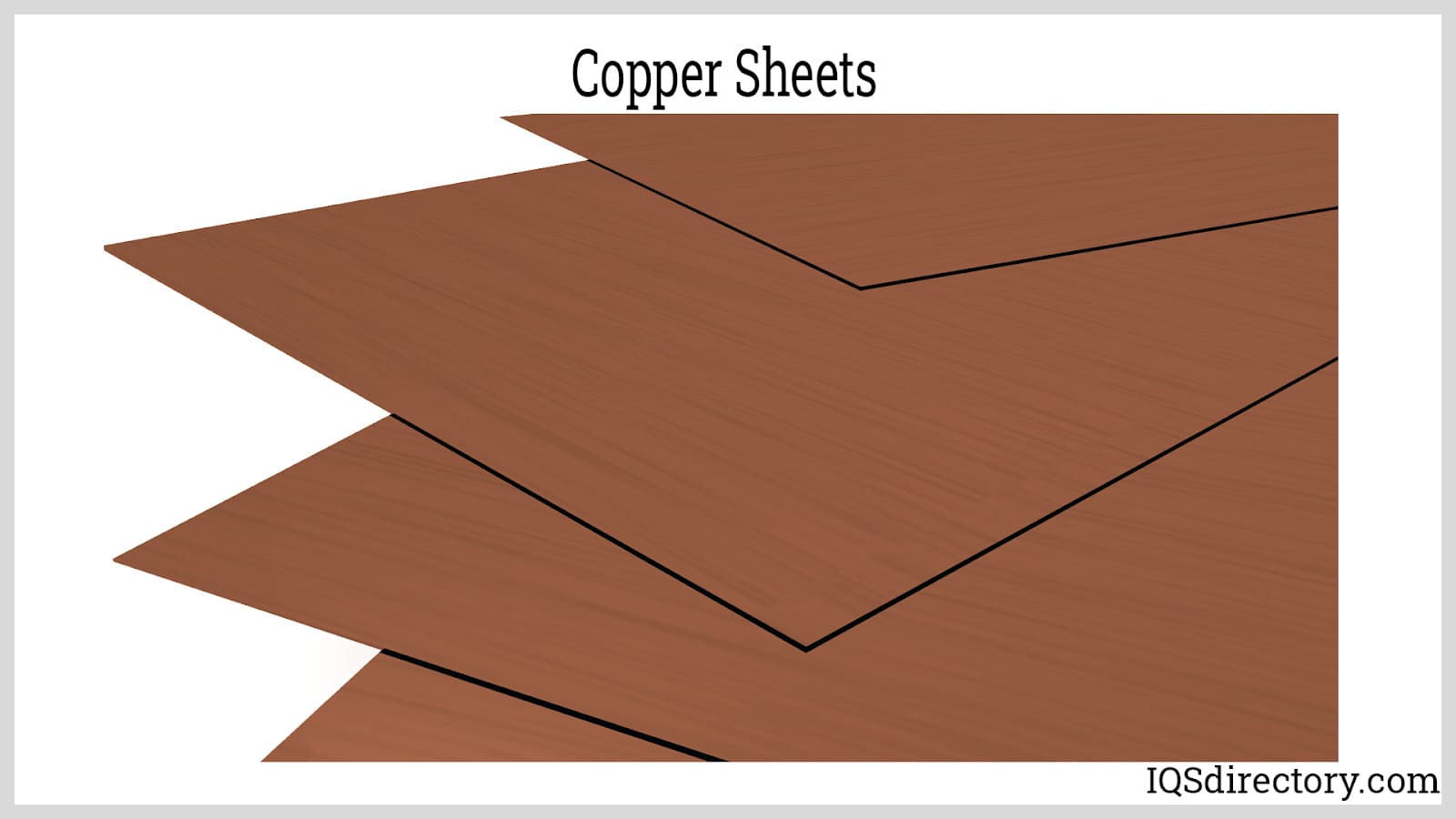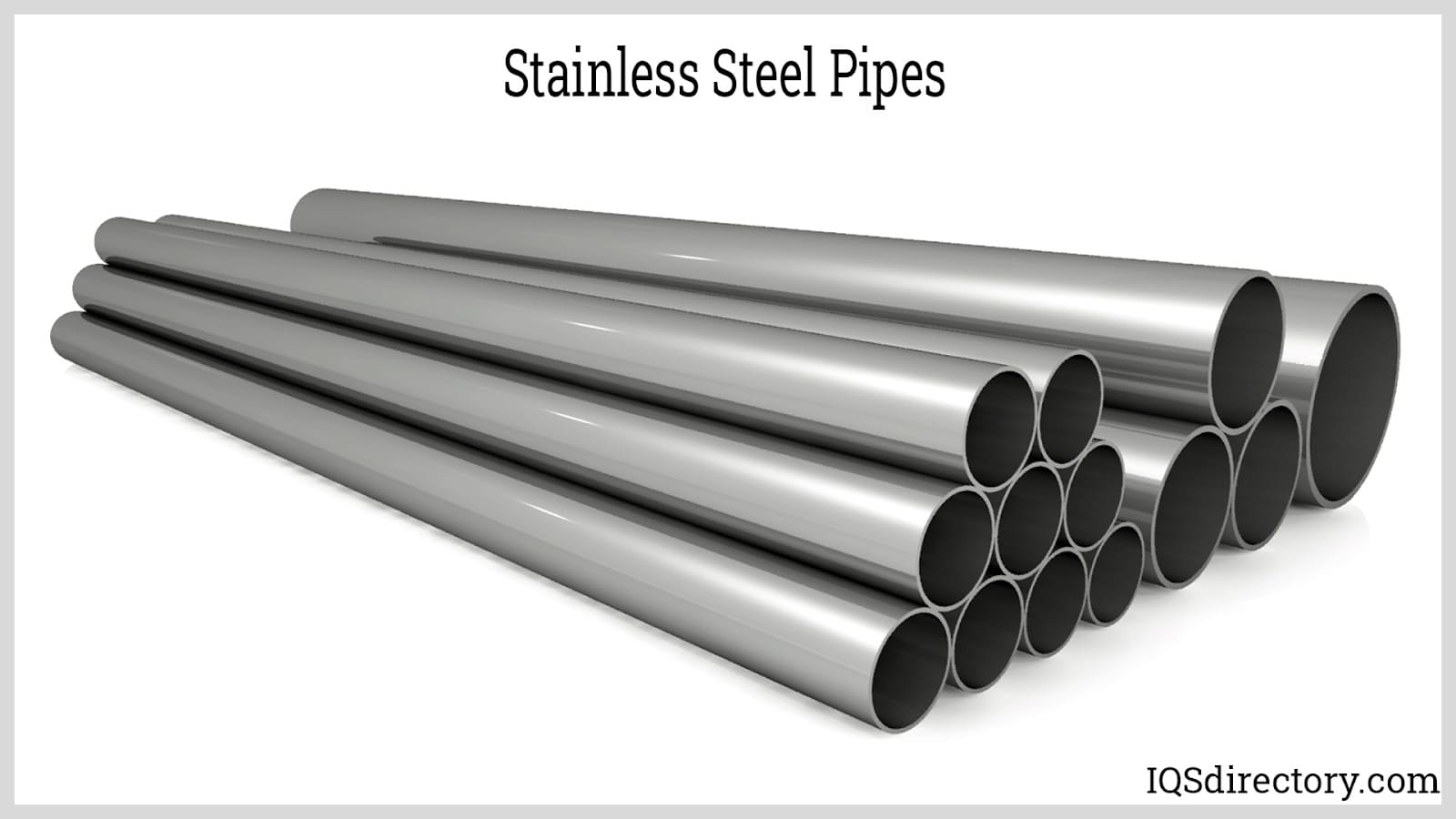White Cast Iron (Malleable Iron)
Malleable cast iron is a heat-treated iron-carbon alloy, which solidifies in the as-cast condition with a graphite-free structure, i.e. the total carbon content is present in the cementite form (Fe3C). Two groups of malleable cast iron are specified (whiteheart and blackheart malleable cast iron), differentiated by chemical composition, temperature and time cycles of the annealing process, the annealing atmosphere and the properties and microstructure resulting therefrom.
Malleable iron is cast as White iron, the structure being a metastable carbide in a pearlitic matrix. Through an annealing heat treatment, the brittle structure as first cast, is transformed into the malleable form. Carbon agglomerates into small roughly spherical aggregates of graphite leaving a matrix of ferrite or pearlite according to the exact heat treat used. Three basic types of malleable iron are recognized within the casting industry: Blackheart malleable iron, Whiteheart malleable iron and Pearlitic malleable iron. Malleable cast iron is a heat-treated iron-carbon alloy, which solidifies in the as-cast condition with a graphite-free structure, i.e. the total carbon content is present in the cementite form (Fe3C).
Two groups of malleable cast iron are specified, differentiated by chemical composition, temperature and time cycles of the annealing process, the annealing atmosphere and the properties and microstructure resulting therefrom. Like other similar irons with the carbon formed into spherical or nodular shapes, malleable iron exhibits good ductility. Incorrectly considered by some to be an “old” or “dead” material, malleable iron still has a legitimate place in the design engineer’s toolbox. Malleable iron is a good choice for small castings or castings with thin cross sections (less than 0.25 inch, 6.35 mm). Other nodular irons produced with graphite in the spherical shape can be difficult to produce in these applications, due to the formation of carbides from the rapid cooling.
Malleable iron also exhibits better fracture toughness properties in low temperature environments than other nodular irons, due to its lower silicon content. The ductile to brittle transformation temperature is lower than many other ductile iron alloys. In order to form properly the spherical-shaped nodules of graphite in the annealing process, care must be taken during the casting process to ensure the iron casting will solidify with an entirely white iron cross section. Heavier sections of a casting will cool slowly, allowing some primary graphite to form. This graphite forms random flake-like structures and will not transform in heat treatment. When stress is applied to such a casting in application, the fracture strength will be lower than normal, and the large particles of primary graphite can be seen. Such iron is said to have a ‘mottled’ appearance. Some countermeasures can be applied to enhance forming the all white structure, but malleable iron foundries often avoid producing heavy sections because of the risk of forming primary graphite through slow cooling.
Malleable iron, like ductile iron, possesses considerable ductility and toughness because of its combination of nodular graphite and low-carbon metallic matrix. Because of the way in which graphite is formed in malleable iron, however, the nodules are not truly spherical as they are in ductile iron but are irregularly shaped aggregates. Malleable iron and ductile iron are used for some of the applications in which ductility and toughness are important. In many cases, the choice between malleable and ductile iron is based on economy or availability rather than on properties.
In certain applications, however, malleable iron has a distinct advantage. It is preferred for thin-section castings:
- for parts that are to be pierced, coined, or cold formed,
- for parts requiring maximum machinability,
- for parts that must retain good impact resistance at low temperatures, and
- for parts requiring wear resistance (martensitic malleable iron only).
Ductile iron has a clear advantage where low solidification shrinkage is needed to avoid hot tears or where the section is too thick to permit solidification as white iron (Solidification as white iron throughout a section is essential to the production of malleable iron). Malleable iron castings are produced in section thicknesses ranging from about 1.5 to 100 mm and in weights from less than 0.03 to 180 kg or more.
After the casting and heat treatment processes, malleable iron can be shaped through cold working, such as stamping for straightening, bending or coining operations. This is possible due to malleable iron’s desirable property of being less strain rate sensitive than other materials. Malleable iron was used as early as the 4th century BCE, and malleable iron artifacts have been discovered by archaeologists between 4th century BCE and 9th century CE in China. By the Tang Dynasty, the use of malleable iron in China waned, although there are malleable iron artifacts dating to the 9th century. Malleable iron is mentioned in England in a patent dating to the 1670s. Réaumur conducted extensive research on malleable iron in 1720. He discovered that iron castings which were too hard to be worked could be softened by packing them into iron ore or hammer slag and exposing them to high temperature for a number of days. Creating malleable iron began in the United States in 1826 when Seth Boyden started a foundry for the production of harness hardware and other small castings.






 Alloy Suppliers
Alloy Suppliers  Aluminum
Aluminum  Aluminum Extrusions
Aluminum Extrusions  Copper-Brass-Bronze
Copper-Brass-Bronze  Nickel
Nickel  Magnets
Magnets  Stainless Steel
Stainless Steel  Stainless Steel Tubing
Stainless Steel Tubing  Steel Service Centers
Steel Service Centers  Titanium
Titanium  Tungsten
Tungsten  Wire Rope
Wire Rope